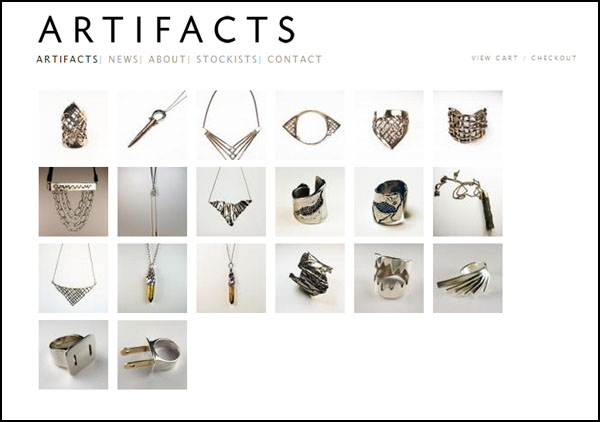

Public artifacts are available to all AWS accounts. These reports can also provide guidance to team members, such as developers, to ensure that they also adhere to these standards.Įxamples of the reports found in AWS Artifact include those that relate to the International Organization for Standardization ( ISO), Payment Card Industry Data Security Standard ( PCI DSS) and Service Organization Control ( SOC).ĪWS classifies all reports, called artifacts, into two categories: public and confidential.
#Artifact meaning in it download
Think like a curator: use the artifacts to understand, explain, and present history.AWS Artifact is a portal that provides an enterprise with access to security and compliance reports that apply to the Amazon Web Services ( AWS) public cloud.Ī user can download reports and other internal AWS documents via Artifact to ensure and demonstrate to auditors or regulators that the AWS offerings he or she uses meet security and compliance standards.

As you consider the artifacts in this web siteor any artifact in museums, or in your daily lifeyou can ask similar questions. Here, we suggest some questions to ask, and give some examples. You can look at any object in any or all of these ways. We suggest five ways to think about artifacts in history: What stories do the objects tell? What documents, and what stories from you history books, help you to understand what the objects meant to the people of the past? What can you say about the past by using objects? How can you tell visitors to your exhibit what you've learned? So as you look at these artifacts, and the documents with them, imagine that you're curating your own exhibit. Curators make it their mission to discover and tell these stories, to put objects back into history. Looking closely at artifacts, putting them into historical context, and using them to understand the past, is exactly the kind of work that goes on in a museum. It is because of the contest and conflict they embody, and the way they combine use and meaning, that artifacts are such valuable tools for exploring the past. Think of them as bits of contested history. Rather, consider each artifact with its many stories as holding diverse meanings for different people, past and present. To fully appreciate the complexity of artifactsand of historywe must not only acknowledge their multiple and conflicting meanings, but embrace them.Īs you look at the artifacts on this web site, think about them not as simple, unproblematic thingsthings with one story, one role to play in history. Look at the artifacts on this web site, and around you, as reminders of the complexity of the past. When museums choose not to enshrine and isolate an artifact but instead open it up to new interpretations and different points of view, they provide opportunities to challenge and enhance our understanding of the past. Moreover, it is a reality that can and should be viewed from different perspectives. "Objects, in their tangibility," she writes, "provide a variety of stakeholders with an opportunity to debate the meaning and control of their memories." Artifacts are the touchstones that bring memories and meanings to life. Museum Director Elaine Gurian suggests that artifacts provide us a way into history. They frame the way we act in the world, as well as the way we think about the world." 1 To understand the past, we have to understand the artifacts of the past.īut they are also important to us as a way to approach the past. According to anthropologist Daniel Miller, objects "continually assert their presence as simultaneously material force and symbol. Artifacts, we believe, are, and were, important. There are two ways to answer this question. Why bother looking at artifacts, which can be hard to understand, when there are so many documents around, and when documents seem so much more straightforward? Why do museums save artifacts at all, when it would be so much easier just to save pictures of them?

#Artifact meaning in it how to
This Web site will tell you how to look closely at artifacts and how to think about the ways they shape and reflect our history. While textbooks focus on the great documents of the American past, or the important events, artifacts can show us another kind of history, another way of approaching the past. If we know how to look at them, they can be sources for better understanding our history. Looking at Artifacts, Thinking About HistoryĪrtifactsthe objects we make and useare part of American history.


 0 kommentar(er)
0 kommentar(er)
